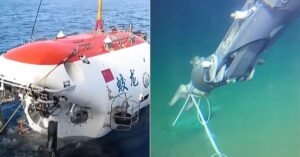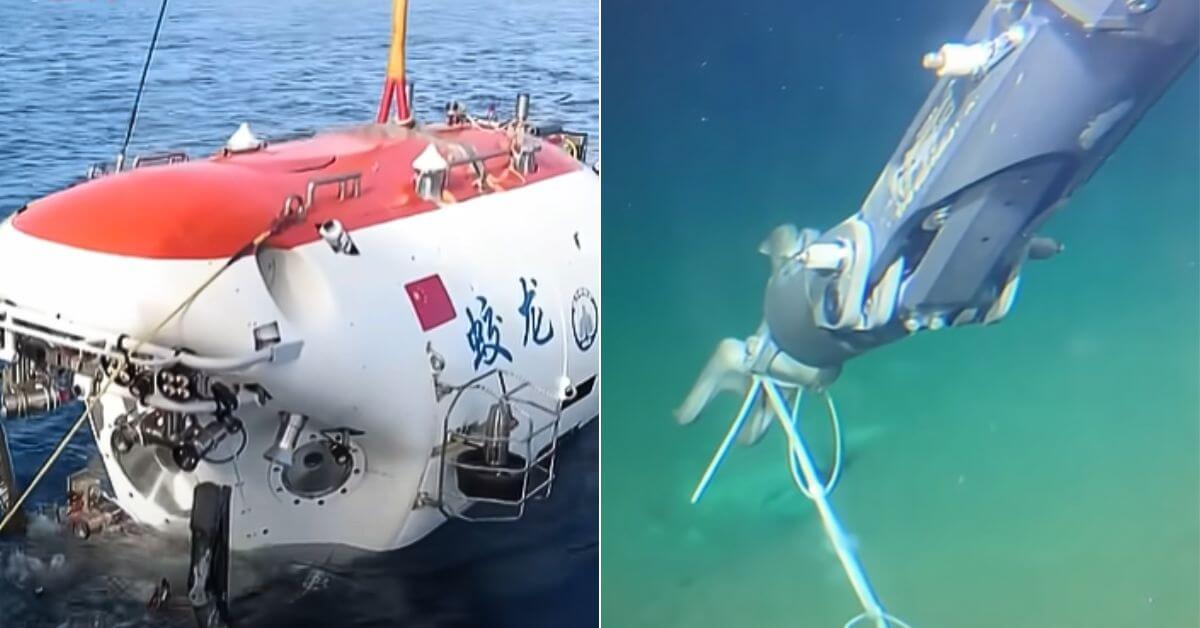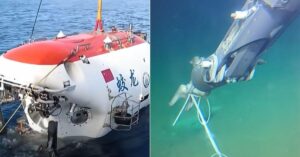
International Aid Flotilla Resumes Journey To Gaza After Repairs In Greece
September 29, 2025
NATO Sends Warship To Baltic Sea After Drone Incursions Shut Danish Airports
September 29, 2025

China has successfully concluded its 15th Arctic scientific expedition, the largest and most comprehensive polar mission the country has undertaken so far, with the icebreaker Xue Long 2 returning to its homeport in Shanghai on September 26. The Ministry of Natural Resources described the mission as a milestone in China’s Arctic exploration.
The summer expedition spanned two months and involved four vessels: Xue Long 2, Ji Di, Shen Hai Yi Hao, and Tan Suo San Hao. An additional ship, Zhongshandaxue Ji Di, operated by Sun Yat-sen University, also visited the Arctic.
Together, these ships carried out extensive marine surveys across the Chukchi Plateau, Canada Basin, and the central Arctic Ocean north of Russia, including multidisciplinary studies along the sea ice edge and three-dimensional coordinated observations of atmosphere-ice-ocean systems.
In early August, China achieved a milestone when its manned submersible Jiaolong, launched from the research vessel Shen Hai Yi Hao, carried out the country’s first-ever manned deep-sea dive under Arctic ice.
While details about the dive’s depth and extent have not been disclosed, Jiaolong is designed for a maximum depth of 7,000 meters and had previously reached 3,759 meters in the South China Sea. This makes China only the fifth nation to operate a manned submersible beyond 3,500 meters. The August 6 dive took place in the Chukchi Sea, approximately 300 nautical miles northwest of Alaska.
Video Credits: CGTN Europe/YouTube
During the expedition, U.S. authorities closely monitored Chinese activities. As Chinese vessels entered the Extended Continental Shelf (ECS), a zone where foreign ships have innocent passage rights but require permission for scientific or economic work, U.S. Coast Guard C-130J Hercules aircraft from Air Station Kodiak were deployed several times to track the mission. Later, icebreakers Healy and Storis were dispatched to shadow the Chinese fleet. While Storis has since returned to Kodiak, Healy remains in Arctic waters.
China’s Ministry of Natural Resources reported that the expedition significantly improved understanding of the Arctic’s changing environment. The vessels conducted comprehensive marine environmental surveys, supported deep-sea diving operations, and carried out multidisciplinary studies along the ice edge. These included three-dimensional coordinated observations of interactions between atmosphere, ice, and ocean systems.
Preliminary results revealed major differences in benthic organism density, biodiversity, and individual body sizes across Arctic regions. Officials said this data will help map spatial distribution patterns of deep-sea organisms and assess the impact of climate change on Arctic ecosystems.
State-owned media reported that the mission aimed to address gaps in observation data in high-latitude Arctic areas. Such data, they noted, would be essential for improving marine environment forecasting, which is expected to support future commercial operations in the region.
Per reports, Chinese commercial vessels are increasingly transiting the Arctic, including the first-ever container ship providing direct service from China to Western Europe via Arctic waters.
Reference: chinadaily
Source: Maritime Shipping News


